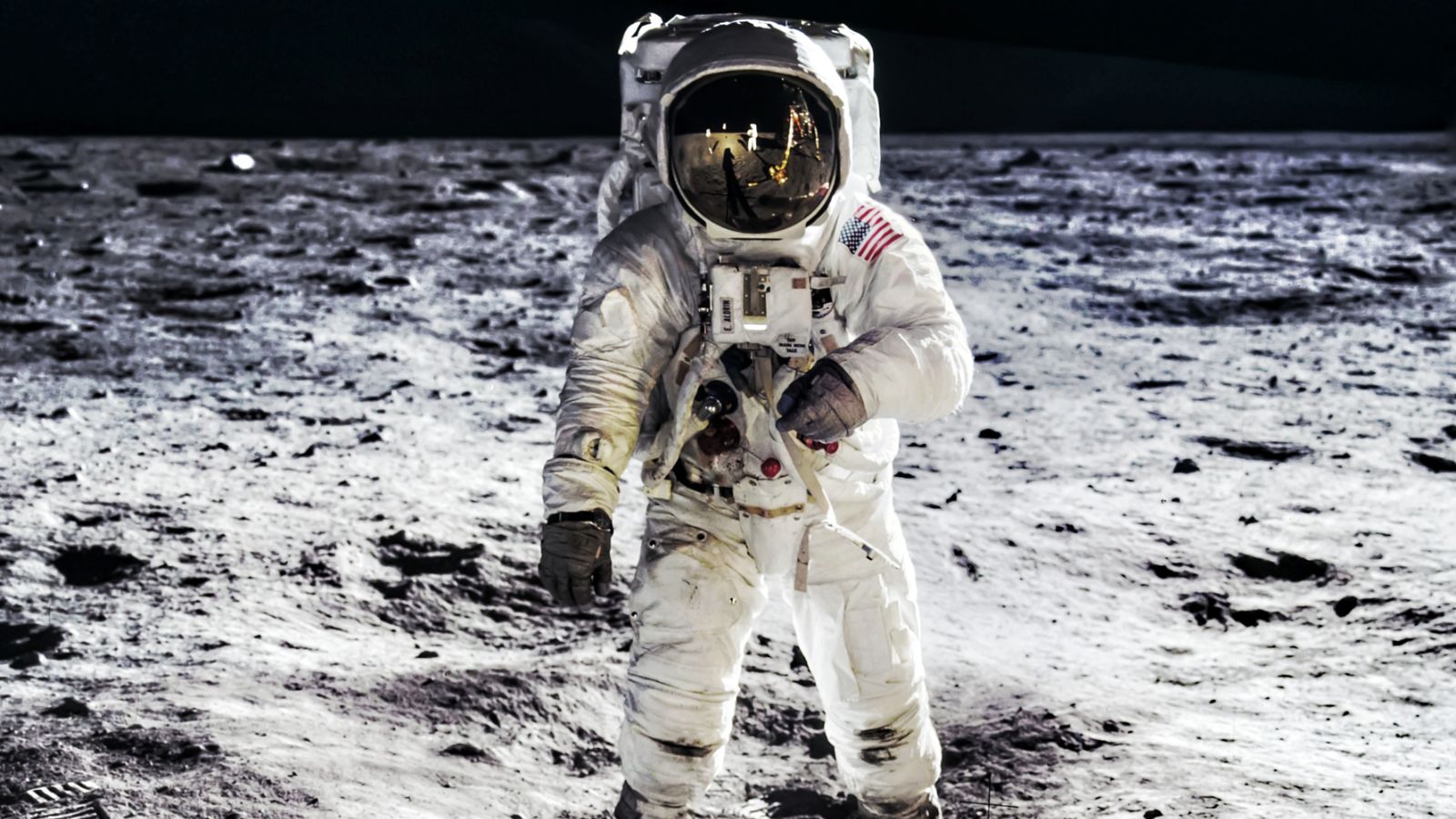Many things have changed over the past few decades. History has been made, and technology has developed. This means those in the older generation (boomers) will still be able to remember the world as it was. Here are 19 things only boomers will remember.
Going to the Drive-In Theater

Going to the drive-in theater used to be a fun, social occasion. Friends and family would drive to the theater and then relax in the car, but this doesn’t happen so much anymore. For example, Inspired by Insiders writes, “Today, these outdoor theaters are considered a novelty, but it was a regular weekend activity for baby boomers.”
Using Payphones

Mobile phones didn’t exist a few decades ago, so boomers would also need to make sure they had some spare change in case they needed to make a call using a pay phone. Today, they’re seen as having a nostalgic charm and never needing to be used.
Black-and-White Television

Before color TV, boomers had to watch their favorite shows in black and white. Color TV wasn’t invented until the mid-1950s and it wasn’t until the late 1950s and early 1960s that it started to become widespread. There was huge excitement for boomers when they got to see their favorite TV show in color.
Vinyl Records

Playing music used to be a tactile experience where boomers would be able to collect vinyls from their favorite artists and play them out loud. Nowadays, we have digital streaming and rarely buy a physical album. Vinyl is still treasured and seen as a vintage item that some still collect.
Rotary Phones

Good Housekeeping writes, “It used to take a lot longer to dial someone’s phone number, especially if it had a lot of nines or zeros in it.” The manual dialing process used to be a long one, and boomers will no doubt be able to remember the sounds that came with it.
Watching Man Land on the Moon

The man landing on the moon in 1969 was a global phenomenon. Everyone watched it on television, and it was considered a communal experience to be able to watch it on TV. Nearly every single person who had a TV would have watched Neil Armstrong take his first steps onto the moon.
Changing TV Channels Without a Remote

TV remotes never used to exist, and if a boomer wanted to change a channel, they had to get up to do it. TV was always seen as a communal activity that the whole family sat down to watch, so there were no doubt some arguments about who would be getting up to change the channel.
Postcards as a Primary Communication Tool

If a person went traveling, they couldn’t just send a text or email like we can today. Instead, sending a postcard was a prime form of communication. Loved ones back at home would have the anticipation of receiving a postcard from somewhere else in the world, and they were often kept as souvenirs.
Adjusting the TV Antenna for Better Reception

TV static and signal used to be a common annoyance, as it meant the TV antenna would need to be adjusted. Many boomers came up with creative solutions to this problem, including twisting antennas into funny angles or even using tin foil. It used to become a ritual to try and find the perfect position.
The VCR Revolution

The Washington Post tells us, “The first VCR for home use to reach the U.S. market, in 1971, was the American-made Cartri-Vision.” Boomers were able to record and rewatch their favorite TV shows and movies. It was a huge shift from scheduled TV viewing, which meant they could watch something when they wanted, not when it was on live TV.
Polaroid Cameras

Polaroid cameras were seen as a technological advancement because boomers had instant prints. Polaroids were used as mementos of special events and something that boomers could cherish. Nowadays, Polaroid cameras are seen as a form of nostalgia, as everyone can take photos on their smartphones.
Store Catalogs

Browsing and ordering from thick and glossy store catalogs used to bring excitement to boomers. They had the anticipation of receiving items in the mail, which wasn’t an everyday occurrence like it is today. Catalogs were seen as a starting point for online shopping.
Waiting for the Milkman

Boomers could expect either daily or weekly deliveries of fresh milk. This was before it became more common to purchase milk from the store. It was traditional for milk deliveries to come, and then the empty bottles would be left out for the milkman to collect and reuse.
Classic TV Dinners

TV dinners used to be the modern-day equivalent of ready meals. Meals were placed into aluminum trays, and each food was often sectioned. It created the experience of eating food while watching TV. They became popular due to their post-war convenience, as they didn’t involve any cooking.
Cigarette Ads Everywhere

Before 1970, companies were legally allowed to advertise their cigarette brands. This is supported by Alot, which writes, “Joe Camel and the Marlboro Man have been unemployed for decades–the United States officially banned cigarette advertising on TV and the radio in 1970. But before then, it was just about as common to see cigarette commercials as any other kind.”
Beatlemania

The Beatles used to be the most popular band in the world, and this meant they had a lot of fans. There were so many that there became a frenzy and fan culture around the band, which created the name Beatlemania. There used to be hysterical fan reactions at concerts and public appearances.
Getting Mail Twice a Day

During the younger days of boomers, mail used to be delivered more frequently. There was the convenience and connection of a faster postal service, which meant mail could be delivered twice a day. This was commonly seen in the 1950s, but nowadays we only have mail delivered once a day.
Savory Jell-O Dishes

This was a bizarre culinary invention that saw savory foods put into Jell-O. It’s now a culinary trend that most people prefer to forget, which probably goes to show that the Jell-O didn’t taste that great. It’s now seen as a retro dish and something Americans have happily stopped.
Dressing Up to Fly

HuffPost writes, “In the ‘30s, commercial flights didn’t have tiered classes because only rich people flew―and of course, they dressed up for the occasion.” It was considered normal to wear formal attire on planes because flying wasn’t a common occurrence. It used to be a luxurious experience that only the rich could do.
Read More: 17 Things That Are Sadly Disappearing From Everyday Life

Life in modern times seems to evolve at an unprecedented pace. Certain things we couldn’t live without a few years ago are rapidly becoming redundant. Let’s take a peek at 17 such victims of modernization and why they’re slowly but surely disappearing.
17 Things That Are Sadly Disappearing From Everyday Life
15 Ways To Tell If Someone Is Not a Good Person

While it’s important to avoid quick judgments, certain behaviors can be strong indicators of a person’s character. Here are 15 ways to discern if someone might be a bad influence or possess harmful traits.
15 Ways To Tell If Someone Is Not a Good Person
19 Untrue American Stereotypes That Are Widely Believed Internationally

Stereotypes and misconceptions can be misleading and frustrating, especially when they pertain to nationalities. Let’s explore and debunk some common myths about America, as shared by internet users.
19 Untrue American Stereotypes That Are Widely Believed Internationally
18 Everyday Items That Have Now Become Too Expensive For the Average American

There are some items that we have to pay for every single day. But for the average American, these mundane things are becoming too expensive. In this article, we will show you 18 of these pricey day-to-day items.
18 Everyday Items That Have Now Become Too Expensive For the Average American
18 Hard Truths to Accept in Life, According to Boomers

The older we become, the more we learn about life, and with that come the truths that we need to accept. Boomers have had their fair share of truths as they’ve grown through the years. Here are 18 hard truths that every boomer wants us to know.

